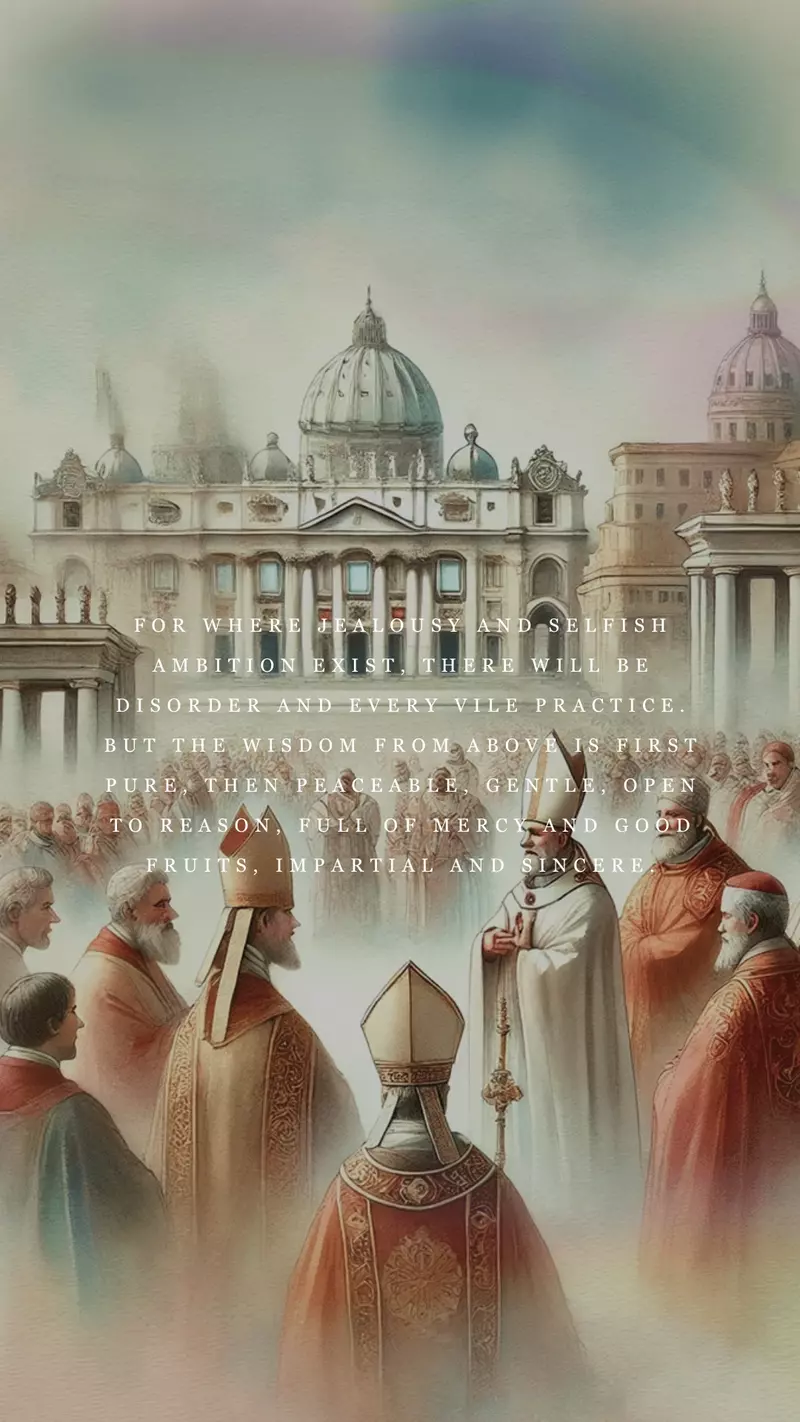Reflecting on the Western Schism: A Church History
Reflecting on the Western Schism: A Church History

As we approach the anniversary of a pivotal moment in Church history, we wanted to share a brief reflection on the Western Schism, which began on September 20, 1378.
The Western Schism, also known as the Papal Schism, was a significant event that lasted from 1378 to 1417. This period was marked by the presence of multiple claimants to the papacy, leading to political, spiritual, and social turmoil within the Christian Church.
The schism began when the election of Pope Urban VI, an Italian, led to discontent among the French cardinals. In response, they elected their own pope, Clement VII. This dual papacy created a deep rift, with different regions and countries in Europe aligning themselves with either Urban VI or Clement VII, each establishing their own papal courts—one in Rome and the other in Avignon.
The situation worsened when a third pope, John XXIII, was elected in 1410 by a council convened to resolve the schism. This led to three simultaneous claimants to the papal throne, causing significant confusion and weakening the Church’s influence and credibility.
The schism ended with the Council of Constance (1414-1418), where the existing popes were deposed or resigned, and a new pope, Martin V, was elected in 1417, restoring a single papal authority.
The Western Schism underscored the complex interplay between politics and religion during this era and highlighted the need for reform within the Church. It was a pivotal moment that eventually led to significant changes in Church structure and governance.
As we reflect on pivotal moments in Church history, the Western Schism serves as a powerful reminder of the challenges the Church has faced and overcome. Our hope is that this brief reflection will inspire deeper understanding of the Church’s resilience and its role in shaping the spiritual and political landscapes of the past. Thank you for joining us in honoring this significant chapter of our shared heritage.
Soli Deo Gloria
Be sure to visit our online store front Ecclesiastical Sewing where you may shop for Liturgical Fabrics, altar linen fabrics, church vestment-making patterns, liturgical machine embroidery designs, church vestment trims and notions and so much more. You may also find us on Ecclesiastical Sewing on Facebook, Twitter, and Pinterest. Sign up for our mailing list at the bottom of the page on our online store front and receive a free copy of our Small Linens Booklet as our way of saying thank you for following along.
Stolen Papal Treasures: Pope Clement VII’s Missing Vestments
Notre-Dame: The Comeback Story of the Century
The History and Significance of St. Michael’s Prayer
Lutheran Bäffchen or Clergy Collar






 RSS - Posts
RSS - Posts
You must be logged in to post a comment.